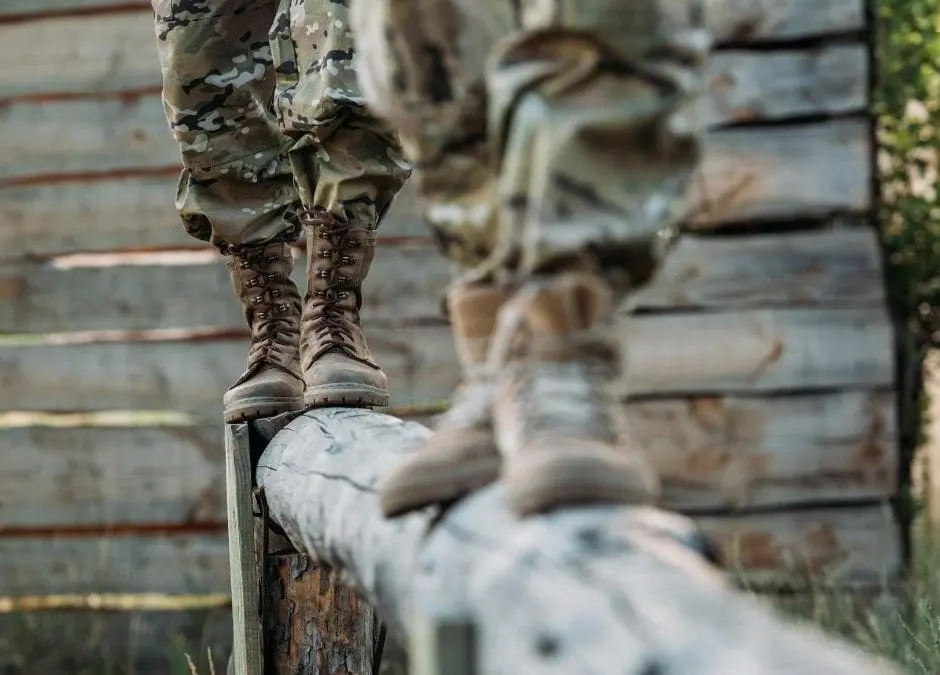Run. Train. Learn. Repeat. A Typical Day in Army Basic Training.
Committing to join the U.S. Military opens an exciting new chapter in one’s life. Preparing to defend our country is one of the bravest, honorable, and selfless decisions that can be made. Understanding the expectations of Army Basic Training helps candidates prepare for the conditions they will be subjected to in their endeavor of preparation to become a soldier in the U.S. Army.
Preparing for Basic Training: The Essential Tasks
Taking the ASVAB
Getting ready for such a big step in one’s life can be a daunting task. Aside from expressing intent to join the U.S. Army, committing to taking and passing the ASVAB (Armed Services Vocational Aptitude Battery) is the most important step. This multiple-choice test is administered at a MEPS center and is used to determine qualification for enlistment in the U.S. Military.
Selecting an MOS
The intent of the ASVAB is to provide potential soldiers with career guidance based on the skills they possess or areas of excellence. Career options can be discussed based on these results, along with enlistment information and basic training locations. This is perhaps the most crucial step in basic training, due to it’s role in the ultimate career determination of a soldier.
Determining a Entrance Logistics
After a career path is selected, basic training locations and entrance dates are discussed. The plans are then finalized in an initial set of “orders” and signed by the appropriate personnel.
What is a Typical Day in Army Basic Training?
The basic training process is one of grit, determination, and exhaustion. It is divided into three phases and followed by a reception prior to a secondary school location and regimen.
Red Phase
During the Red Phase, recruits are subject to “Total Control” and experience consistent scrutiny from drill sergeants. Facilitating a sense of responsibility, understanding expectations, and developing attention to detail are common goals for recruits during this phase.
Common responsibilities and tasks in this phase include:
Morning fitness routine
Long road marches
Impossible* tasks
Knowledge accumulation
Timed tests
Basic grooming and maintenance
Organization skills
*Key tip: Nothing is impossible.
White Phase
During this stage, soldiers gain access to weapons, begin to learn about various types of weaponry, and are exposed to an obstacle course that is used to build confidence. Intense physical training continues, as well as training for drill and ceremony procedures.
Blue Phase
Known as the “Warrior Phase,” the Blue Phase is the most challenging phase in basic training. An official PT test is followed by “field problems” and field training exercises, which include nighttime combat operations training and MOUT training. The last week in this phase is known as “recovery week.” During this time, soldiers must service or repair any equipment and weapons they will not be taking to AIT.
Basic Training Graduation
When a soldier has completed all of the requirements to graduate from basic training, they are allowed to attend a prestigious ceremony in the presence of their friends, family, and fellow graduates. Dates are set, reservations are made, and the soldiers are ready to move on to the next stage of training. Basic training graduation is a memorable time of celebration.
Specialized Schooling (AIT): Taking the Next Step
Dependent upon the chosen career path, each soldier may have specific school options to further their education. From Advanced Individual Training (AIT) where soldiers receive training specific to their MOS to OSUT to Airborne training, soldiers have many options to help thrust them full force into their chosen career path.
The training period for these additional educational opportunities varies greatly. The type of program, the time of year, and any time missed for illness can greatly affect the overall time of completion for these specialized programs.
Are You Ready?
What is a typical day in Army Basic Training? Despite the rigorous training and difficult environment of basic training, this is a place where soldiers will find their inner warrior. By training recruits in a controlled environment, they are exposed to the conditions and situations that they may experience in battle.
Grit, determination, and heart are required to complete basic training. Though fellow soldiers will help, as well, the true strength to finish comes from within.

